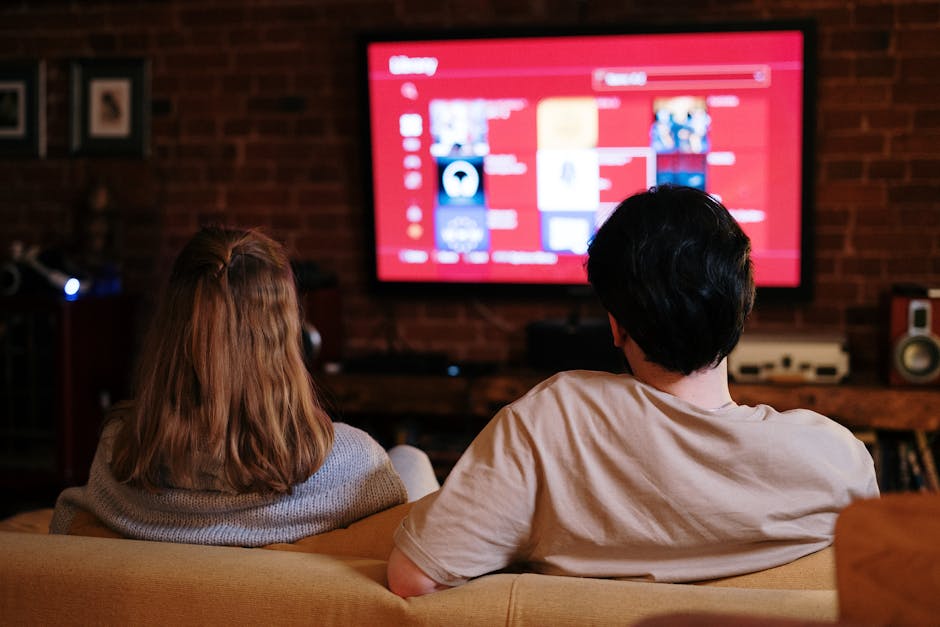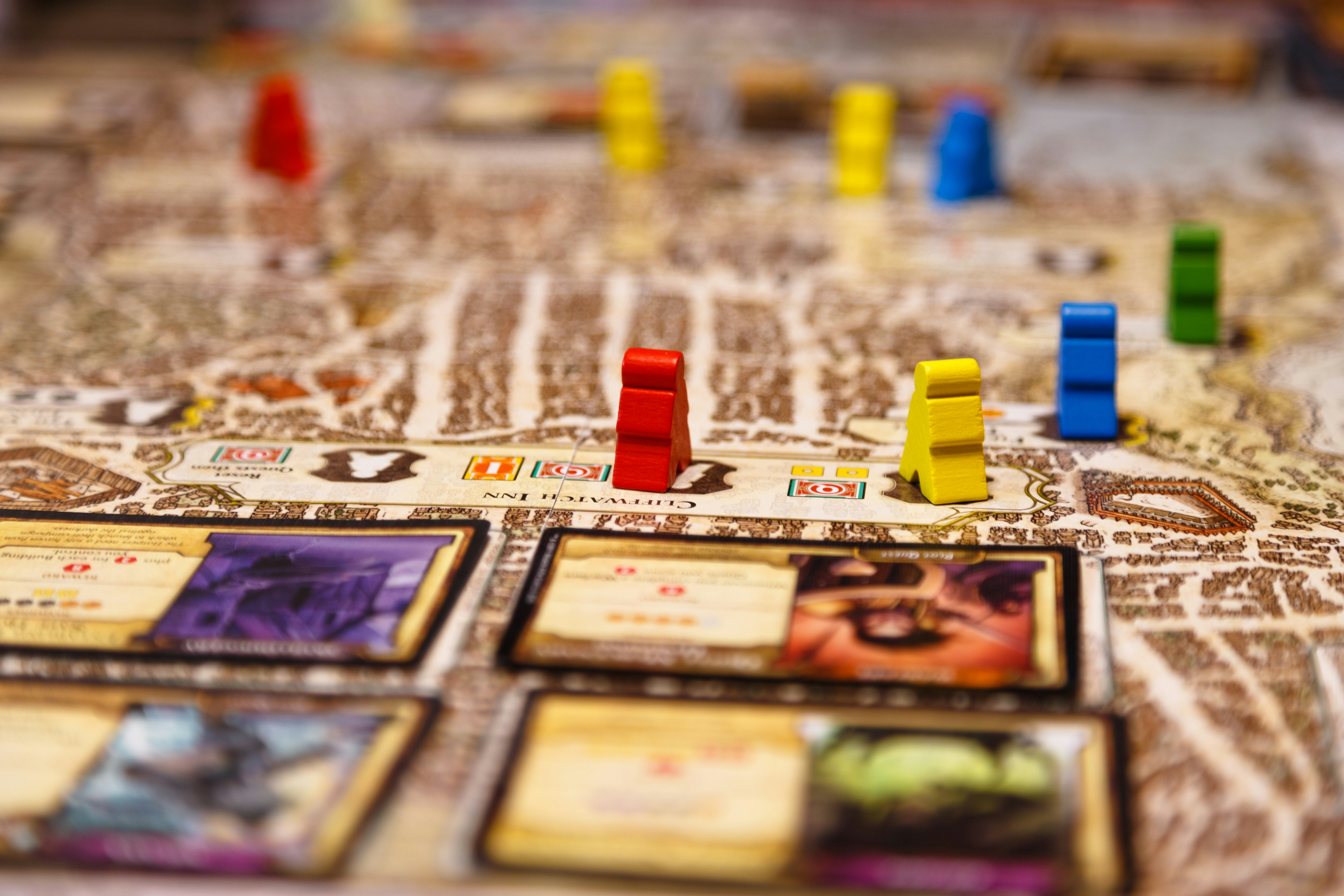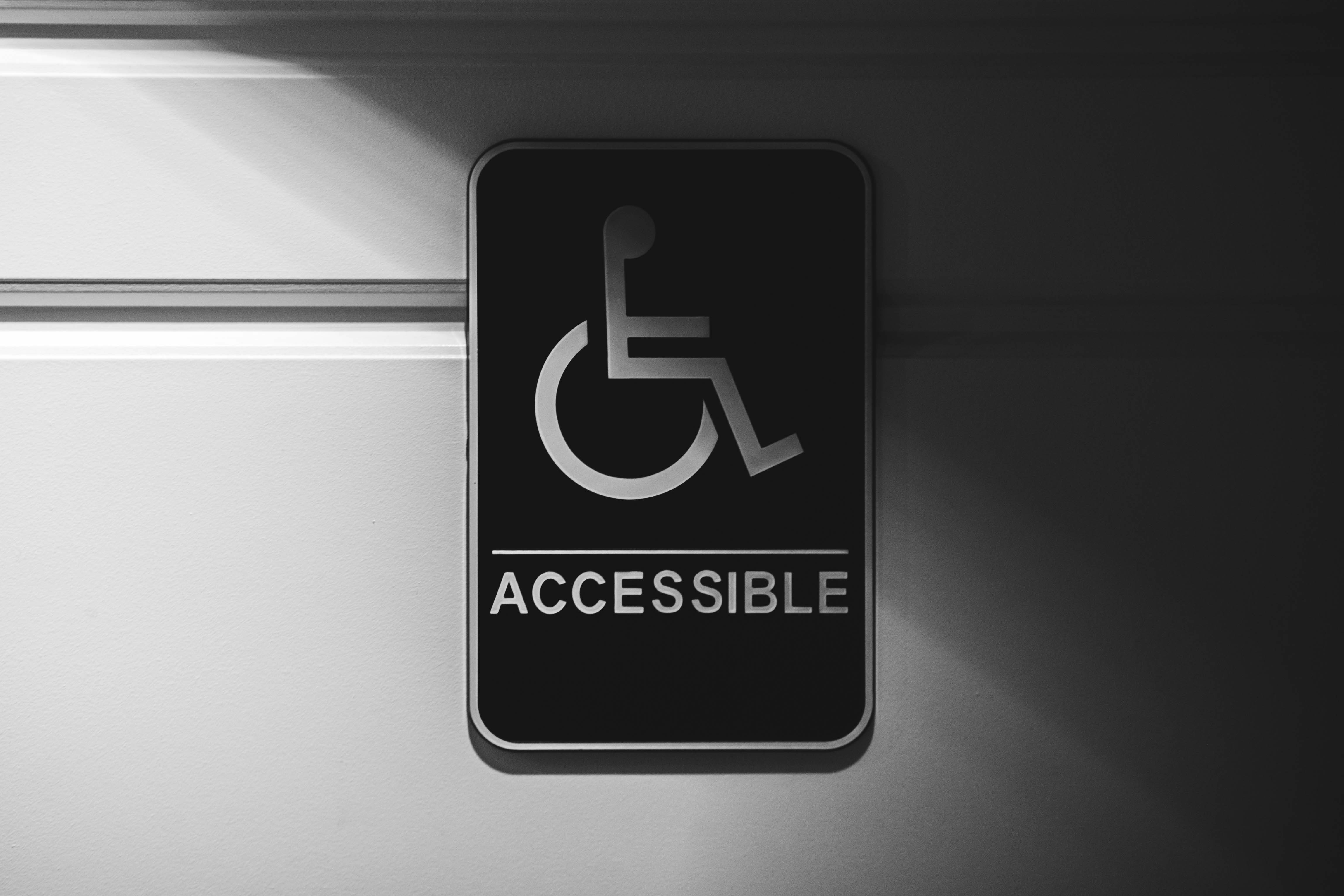Beyond the Game: How Player Communities Influence Game Design
In today’s gaming landscape, player communities are much more than just a group of gamers; they are a powerful force shaping game development and design choices. With the rise of online forums, streaming services, and social media, players now have a unique platform to voice their opinions, influence developers, and truly redefine what it means to engage in immersive experiences. In this article, we’ll delve deep into how these communities impact everything from gameplay mechanics to storytelling, illustrating the profound connection between creators and players. Strap in as we explore the evolution of player feedback and its effects on games, both large and small.
The Pulse of Player Communities in Gaming

Imagine diving into an online forum where fans of your favorite game are passionately dissecting the latest update. This vibrant interaction among players echoes across platforms, gathering insights that developers can’t ignore. Spend a little time in these circles, and you'll see sentences laced with critiques, praises, and creative ideas that resonate widely. It’s not just chatter; it's a pulse check on what makes a game truly enjoyable.
Consider how communities on platforms like Discord and Reddit come alive with discussions about potential patches, mechanics involving AI companions, or even narratives woven through gameplay experiences. This chatter often provides developers with crystal-clear roadmaps on what players love and what needs adjustment. Engaging directly with player feedback has become paramount in modern game design, challenging developers to adopt a more agile mindset.
The Evolution of Developer-Player Relations

Historically, players voiced their opinions through reviews or word-of-mouth. However, the advent of social media transformed this dynamic entirely. Platforms such as Twitter and Twitch foster an environment where developers can connect with their players in real time. This immediacy allows for quicker iterations and responsive design changes, ultimately leading to a more polished product at launch.
Developers like Hideo Kojima have been particularly adept at engaging with fans, sharing glimpses of their creative process and responding directly to criticisms. This relationship not only cultivates loyalty but enables players to feel like they are an integral part of the game's journey, as if they are helping to shape the world alongside the creators.
How Communities Shape Gameplay Mechanics

It's one thing to create a game; it’s another to ensure it resonates with the community. Player communities provide the feedback loop necessary for developers to fine-tune gameplay mechanics. Let's take a closer look at some examples:
-
Balancing Game Difficulty: Many multiplayer games, like Overwatch, rely heavily on player feedback to balance character abilities. Communities often suggest tweaks after extensive player testing and debates about fairness. The input collected from players directly influences how characters perform in competitive scenarios.
-
Customization and Personalization: Players love personalization. Games like Fortnite have seen success by allowing player suggestions to influence new skins and in-game events. Communities thrive on self-expression, and developers recognize this by integrating user-generated content, often leading to an influx of creativity that enhances player warmth toward the game.
-
Realism in Game Design: The desire for realism can often be amplified through fan input, particularly with the rise of virtual reality experiences. Communities actively discuss and suggest improvements in interactive elements, prompting developers to reconsider their design choices to foster a more immersive environment.
The Power of Community Engagement through Streaming

Streaming platforms like Twitch and YouTube have redefined how game development meets player engagement. Developers now offer snippets of gameplay to streamers before release, allowing content creators to fine-tune their broadcasts before the launch date. This strategy not only builds hype but also garners feedback prior to a wider release.
Additionally, watching popular streamers engage with games allows the community to analyze their choices, spawning discussions about gameplay mechanics and design. These engagement tactics lead to a symbiotic relationship where both players and developers benefit from enhanced exposure and community involvement.
Player-driven Narratives and Storytelling

Gone are the days when players passively absorbed a game’s narrative. Now, player communities are directly involved in shaping storylines and character arcs. Gamers crave experiences that resonate personally, which has prompted developers to integrate feedback into narrative structure.
-
Dynamic Narratives: Games that incorporate player decisions—such as the acclaimed Mass Effect series—have thrived due to the strong community interaction regarding character motivations and choices. As players realize their decisions influence the outcome, they naturally open dialogue about perceived intentions in character development.
-
Emerging Storylines: The rise of user-generated content tools has allowed players to explore and even contribute to game worlds in ways never before imagined. Platforms like Dreams invite players to craft stories and gameplay experiences that others can share or enhance, broadening the original narrative’s scope significantly.
The Role of Data Analytics in Community Feedback

Modern game design has significantly benefited from advancements in data analytics. Developers utilize data to gauge player experiences and trends, integrating this information with community feedback to craft comprehensive updates and expansions. Tools analyze how players interact with the game world, boiling down play patterns that can indicate both strengths and weaknesses.
For example, consider how developers use telemetry data to assess player engagement with various elements like challenges or in-game events. This data, when combined with direct community feedback from forums, yields invaluable insights that can directly influence future patches or content additions.
Fostering Inclusivity and Diversity

Player communities play a crucial role in advocating for inclusivity and diversity in gaming. These communities often shine a spotlight on underrepresented voices, pressing developers to diversify character representation and storylines.
The push for games like The Last of Us Part II, which depicts a broader spectrum of identities and experiences, stems from consistent community advocacy. Feedback from community discussions often places pressure on developers, challenging them to embrace new narratives that deepen both emotional connection and cultural relevance within the gaming sphere.
Recognizing Opportunities for Innovation

Player communities are also instrumental in identifying gaps in game design where innovation can flourish. With the ongoing exploration of concepts like eco-gaming and mental health themes, communities often lead the charge for developers to consider unconventional gameplay elements. For instance, discussions on how games can facilitate mental health support have led to the formulation of therapeutic gaming experiences, providing players with not just entertainment, but also avenues for healing and self-exploration.
Harnessing Streaming Trends for Real-time Feedback

The gaming community is thriving with interactive streaming sessions that empower players to connect instantaneously with developers. Game creators now can watch their products unfold in real time, gathering immediate responses about what works and what doesn't.
Moreover, communities engaging with streamers on platforms like Twitch can feel a vibrant connection to ongoing dialogues around games they play. This ecosystem of instant feedback allows developers to pivot quickly, often resulting in updates that are agile and attuned to community desires—a 21st-century game development model.
Final Thoughts
As the gaming industry marches bravely into an era defined by player empowerment, it is evident that player communities serve as dynamic catalysts for game development and design. Their voices echo in every update, patch, and new release, demanding that creators remain attuned to the intricate dance between player expectation and developer vision.
This cultural shift reaffirms the notion that gaming is not just a solitary experience; it's a shared journey that evolves through community engagement. As the lines blur between gamer and developer, both parties can take pride in their collaborative efforts toward creating a more engaging, immersive, and responsive gaming landscape.
If you want to dive deeper and explore additional facets of gaming culture, check out our insights on interactive storytelling and how in-game economics shape player experiences today.



